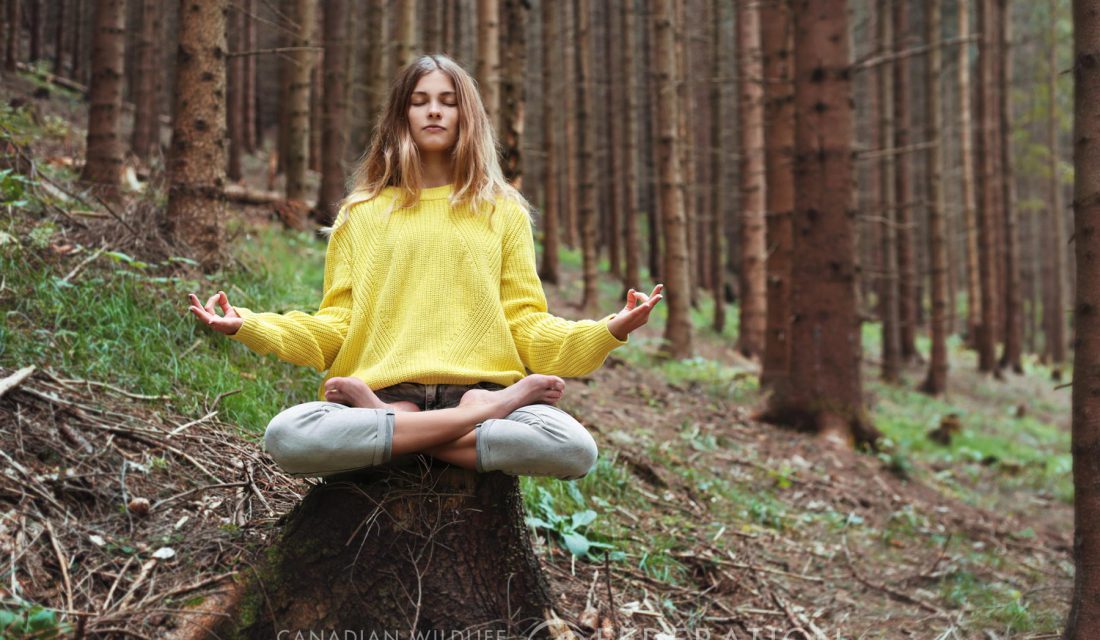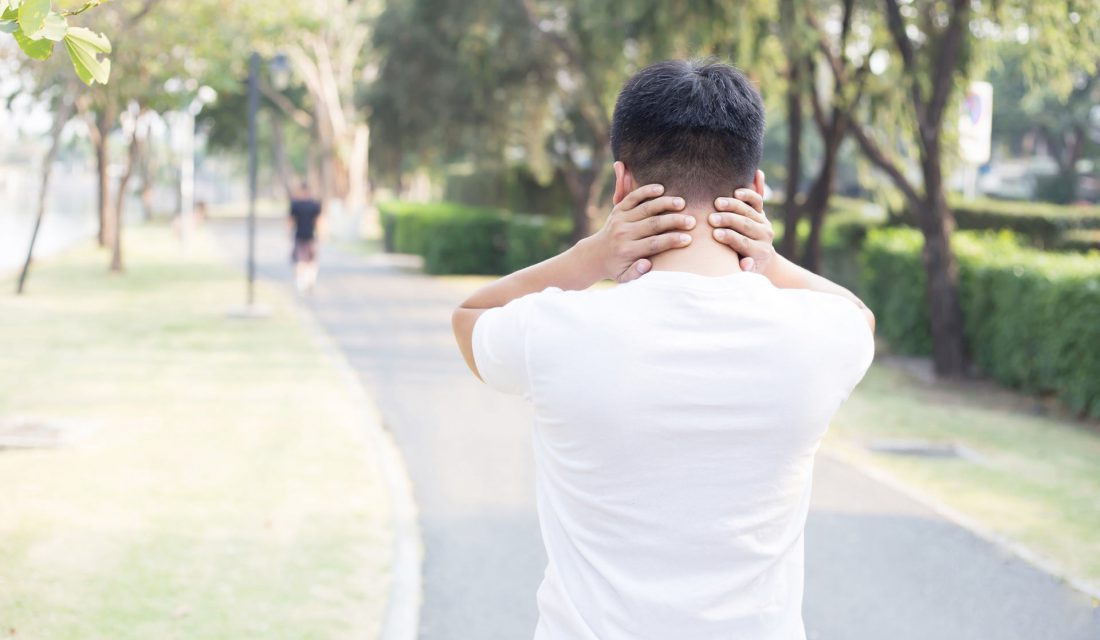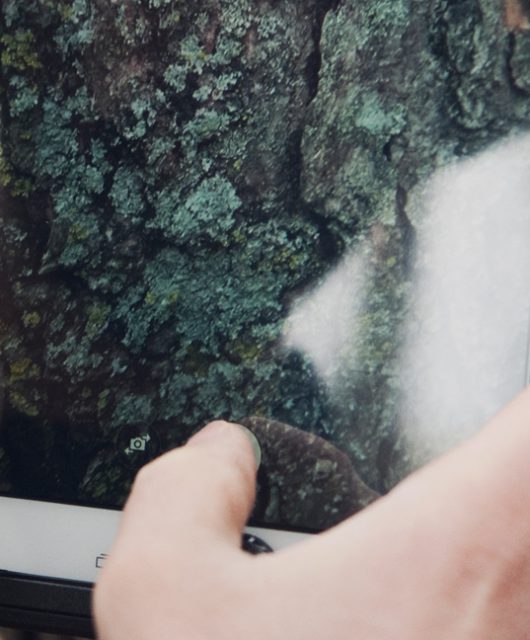Turn little ordinary moments into restorative ones.
Self-care benefits us and those we care for and interact with. But most of us know all too well that making the time can be tricky. Here are some powerful self-care tips that can be easily integrated into a busy life.
A word about timing
Most of us have jam packed days and can’t take a lot of time for ourselves. The answer? To cleverly couple them to already existing parts of your day, turning little ordinary moments into restorative ones. Here are some tips to keep in mind:
- You can do these while you do a regular daily activity or just before you start. For instance, try them out while you wait for something to heat up on the stove, while you wash your hands, sweep the floor or sit on a bus. But they can also be done just before you start the car or just before you eat a meal, too.
- The trick is once you pair them with something, to keep them up so that it becomes so automatic and effortless.
- You can do these alone and/or with children. By including children you are giving them skills that can help prevent stress related health and learning challenges as well as coping mechanisms to carry them through tough times.
In addition to these routine self-care moments, you may find the movement/activity so valuable that they also become a go-to for additional times when you have to stop and support yourself in staying calm or clearing your mind.
1. Humm

Studies have shown that the very simple act of humming has profound impacts on our health. According to Jonathan and Andi Goldman, longtime researchers in studying sound healing and the authors of “The Humming Effect”, humming creates a sort of sonic massage that supports and stimulates the body in a variety of ways such as creating:
- Increased levels of melatonin, oxytocin and endorphins – our good-feeling chemicals that support a positive happy mood and help reduce pain
- Increased levels of nitric oxide that supports our immune, cardiovascular and respiratory systems. It widens our blood vessels to allow our blood to travel more easily, helping our body receive the nutrients and oxygen it needs as well as lower blood pressure.
- Increased our lymphatic circulation which helps detoxify our body and supports our immune system
- Reduced stress hormones like cortisol
How – All it takes is closing your lips and making a sound. I’m sure we’ve all hummed a song or a note many times in our life. Now we have a great excuse to do it daily! See if you can keep it up for a few minutes to ensure you get adequate support.
When – As this is a sound, you may wish to do this in private when on your own and with your kids for fun. Give this a go when feeling stressed and encourage your kids to try it, too. This can be paired with various daily activities, as with the breathwork below, such as when washing hands, driving a car, drawing and when back from recess to centre yourself before the next class.
2. Take one or several slow deep breaths
Our modern day breathing has become shallow, thanks in part to our hectic lifestyle and daily stresses, causing us to live more in the fight or flight mode rather than saving that for real danger. But when we consciously slow it down and breathe more fully (like we did as babies), we gain a ton of benefits like increased calm, energy and health. Perhaps these points will inspire you to make a few seconds here and there during your day to breathe with awareness. This will help in creating:
- Calmer hearts which sends a message to the parasympathetic nervous system that it is safe to restore, refresh, digest and perform other important bodily functions needed to prevent and heal illnesses
- Increased endorphins lead to calm happy moods, reduced pain and enhanced immune function
- Lowered cortisol levels make it easier to think clearly and for the body to function optimally
- Increased oxygen and improved blood flow helps our cells function better resulting in many health benefits… and more energy
- Better performance of the organs as the diaphragm moves more fully and massages the many organs around it
- The detoxification of the body
- The relaxation of our muscles which in turn allows more blood flow, improved nutrient delivery and allows for clearer thinking
While it’s tempting to dismiss the power of mindful breathing, it’s also kind of exciting to know that something so easy can improve many aspects of our life.
How – Give yourself permission to take a slow deep breath, more if possible. It doesn’t have to be forced, just gently allow your lungs to fill more fully. You will notice your belly expand. As you breathe out, you can add the intention for your body to release any tension that your body has been holding onto. Many recommend you induce this relaxation response by breathing in through your nose and out through your mouth. You might even enjoy adding a sigh when you breathe out. Play with it and notice what works for you.
You might also like closing your eyes and putting your hand on your heart to clearly signal to the body that you are safe, to help it destress further. If you can, add a smile in there which, believe it or not, signals similar chemical responses to deep breathing, further benefiting your body and making it harder to stay in a stressful mental space, too.
When – You can do this on your own every time you sit down to a meal, when waiting in line, before you get out of your car or while on the bus, when you wash your hands or when you first sit at your desk. Doing this with the children in your life can double or triple the times you get to do this during the day while giving your kids an incredibly important life habit. With you all taking a moment to centre yourselves, it can lead to a more peaceful time following. This can be one-on-one with a child that is upset but it can also be with the whole class or group when you start the class, sit down for snack time or when they line up to go outside. Ask them if they notice a difference in how they feel in their body and in their happiness level, at that time and afterwards. It’s great for when outside exploring the schoolground or a nature trail and you’d like them to be quiet for a minute to listen to hidden animals that might be singing or moving about. That’s a perfect time to take a breath to calm their bodies and minds to be more receptive to what their senses are picking up.
Teenagers are a little different but framing it as taking a moment to get quiet before the next class will likely reach some of them, especially if you share with them the potential benefits they can get from it – detoxing helps with clearer skin, calm nervous systems can help with retaining information and more oxygen can mean more energy for studying later that evening.
(As this year is different with COVID-19, adapt as needed for mask-free moments).
3. Mini Self Massage

While it would be heavenly to get a massage daily from a registered practitioner, that’s not usually possible, financially or time-wise. But this simple do-it-yourself kind still has benefits. When you are alone at home or in your backyard, you can massage where you feel tension or get ahead of it early in those spots your body has a habit of storing tension, such as around your eyes or your sides of your jaw. It may not be as relaxing as getting a massage, but the DIY kind sure definitely has benefits:
- Relaxes muscles and fascia (tissue that surrounds and connects our body parts) which can bring relief to sore areas as well as contribute to improved blood and lymph flow which in turn aids in delivering nutrients and removing waste. When massaging your forehead, it can even help you think more clearly.
- This improved flow means you’ll be helping the cells of that area – improving your skin tone, supporting hair follicles on your scalp and relaxing the muscles in your jaw. In Asia, school children massage around their eyes to maintain good eyesight but it also helps those of us on computers to minimize eye strain, too.
- Studies show that massage can reduce stress, pain and increase grip strength (as with arthritis or carpel tunnel syndrome).
- Reflexology therapists encourage massaging your hands and feet as a way to support all areas of the body, as different organs etc. relate to specific parts of your hands and feet.
How – Massage tense spots by applying light pressure on the area – such as your jaw, temples, forehead, scalp, eyes or shoulders. Circle your fingertips around the area for as many times as your body needs. For shoulders you might want to add more pressure by squeezing your hand over your shoulder a few times. For your scalp also gently pull your hair. You can enhance this by applying the breathing and smiling techniques above, further helping the body release tension. For your hands or wrists, gently squeeze and/or slide fingers of the other hand. For the eyes, you can simply press in gently on the skin that encircles the eyes. For nasal congestion, press either side of the nose.
When – This can be done at similar times to the breathing exercise above, certainly while you are alone and relaxed in a comfortable, safe place. You might want to add it in before or after certain daily actions that can strain a body part, such as using the computer which affects the eyes, wrists and shoulders. It can be done as an end of day unwinding action once you’ve got your pyjamas on or once you are in bed.
While it can be a regular thing if you have a tendency to tense your shoulders or get headaches, taking the time to self-massage can prevent many problems from building up and manifesting as discomfort, such as with a headache starting and paying attention if it feels better around the eyes, temples or back of head and neck.





